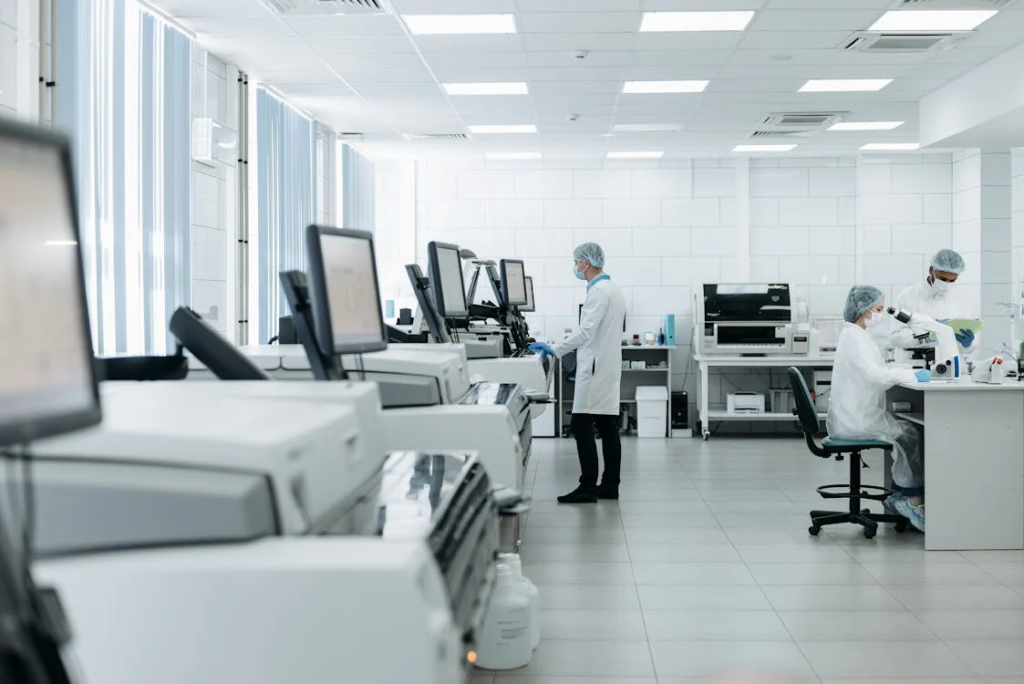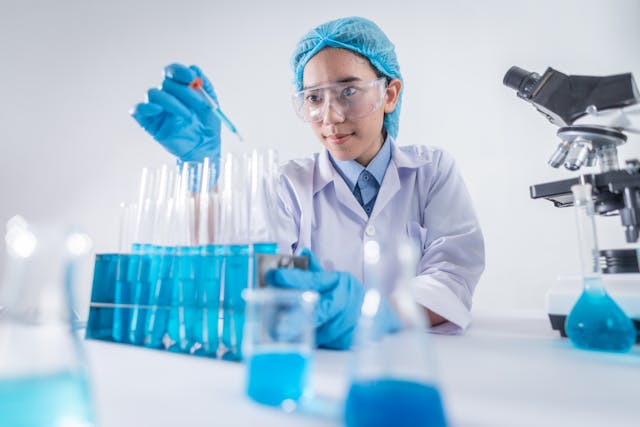7 Critical Steps in The Chemical Synthesis Process
Chemical synthesis is a necessary process that supports different industries by transforming simple ingredients into more complex ones. It makes it possible to fabricate the things we use every day. Without it, we wouldn’t have plastics, medicines, or even Epidiolex—a synthetic cannabidiol used for medications.
Synthesis uses naturally occurring molecules and synthesizes brand-new chemicals in labs. This has allowed us to study complex chemical, biological, and physical processes at molecular, subatomic, or atomic levels. This would have been unimaginable just a few decades ago!
The chemical synthesis process involves a series of complicated steps. But you don’t have to set up your lab if you need chemically synthesized ingredients or products. Some companies focus on synthesis and analysis, sparing you the trouble. Knowing the important steps in making a good choice when choosing a provider.
Read on to discover.
1. Goal Setting
Nearly all chemical synthesis starts with identifying the target compounds. Whether the production is for small businesses or on a large industrial scale, it is necessary to define the target compound’s structure and stereochemistry.
The first step is understanding what a client wants by defining its nature and then planning how to make it. Because mistakes here can easily lead to an undesirable product, it is important to properly understand the target compound before moving on with the production. The best way to guarantee the success of your project here is by working with a reliable provider of chemical synthesis services.
2. Selecting Starting Materials
For a proper reaction, selecting suitable materials to achieve the right product is a must. Ideally, off-the-shelf raw materials can be used here, or new ones can be synthesized from readily available materials. Then, reactants are carefully selected to minimize impurities in the product and reduce waste after the chemical reaction that creates the target compound.
3. Route Mapping
With the starting materials out of the way, the next step is determining the best route to creating the target compound. Understanding the final compound’s chemical structure, key features, and intended use is essential. It allows for the right conditions to optimize the process and includes typical activities like choosing the proper reagents and catalysts for smooth reactions. The goal of route mapping is to increase the quality of the product while reducing the byproducts and unwanted impurities.
4. Reaction Stage

In this reaction stage, the primary materials are passed through chemical transformation to create the target compound. During this stage, 2 or more compounds are mixed to form a more complex product. How well the reaction is executed directly impacts the quality of the target compound. So, it should be carried out by experts, of course, with the help of advanced tools for optimal production conditions.
5. Product Purification
One of the important things to do after the reaction is to clean everything up. This step is a deal breaker, as it removes potentially lingering impurities, like solvents, which can compromise quality, interfere with the final product’s effectiveness, or even make it unsafe for use.
Purification is also closely tied to staying compliant with industry regulations. These call for high production standards to ensure the product attains high purity levels. As such, purification methods such as sublimation or distillation are often used in labs to ensure the product is pure and safe. Depending on the complexity of the mixture, one or more purification techniques should be used to fully purify the target compound.
6. Characterization
Before using a new compound, you want to be sure it’s pure, stable and does what it’s supposed to. This is where characterization—a product-identifying stage—offers a way out. At this stage, the target compound is tested to ensure it has the appropriate structure. It’s usually done with the help of tools like IR spectroscopy, which confirms the product’s identity.

7. Quality Control
Quality control is the final step in the chemical synthesis process, and it serves two key purposes: ensuring that the product is safe and confirming that it meets the required standards. Various quality control procedures are implemented to verify that the products are effective and safe.
In industries like cannabis and pharmaceuticals, sticking to quality control protocols is essential for meeting compliance requirements. But beyond just compliance, it’s important to deliver a premium product that meets user expectations.
Conclusion
Chemical synthesis impacts our lives in more ways than we often realize. Without it, we wouldn’t be able to create the compounds that lead to the new products we use daily, from agricultural goods to pharmaceuticals. Once you get a glimpse into the intricate process of chemical synthesis, it becomes clear just how vital chemical synthesis service providers are.
However, before hiring one for custom chemical synthesis, it’s essential to ensure the provider is trustworthy. This means confirming that the work is carried out by highly skilled chemical engineers using the most advanced equipment and tools. Remember, quality is crucial in chemical synthesis, so partner with the best team available to achieve the best results!









